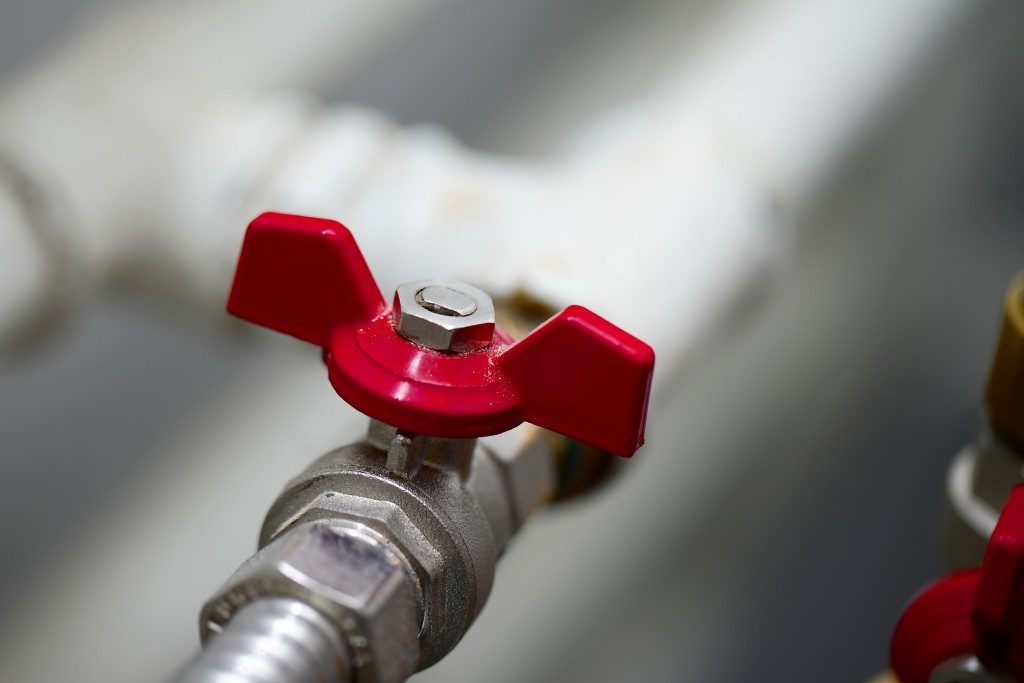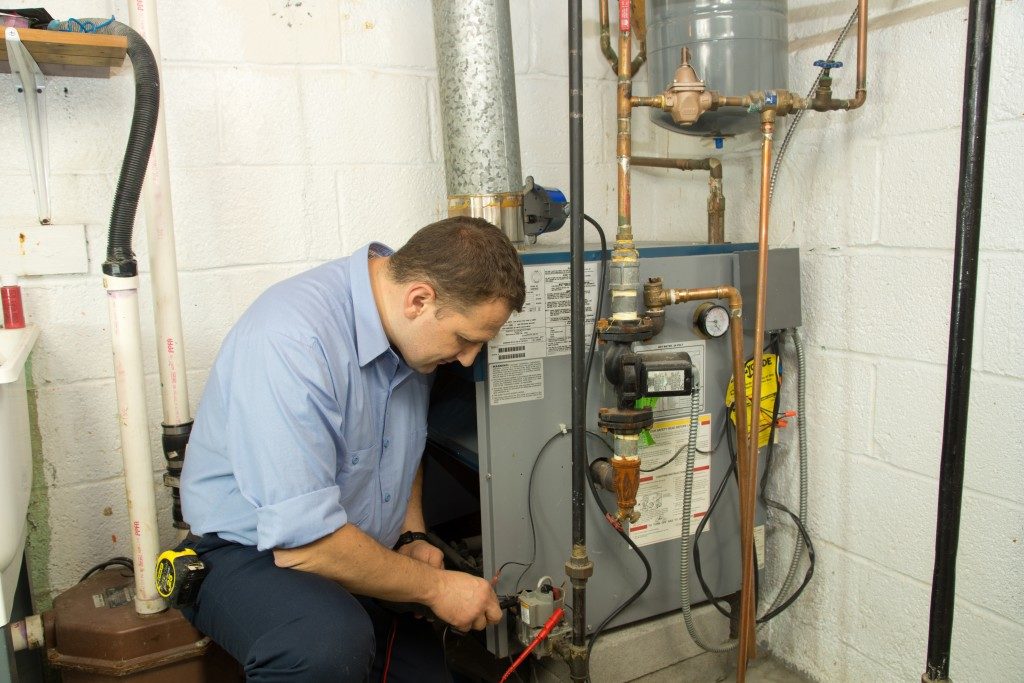Many homeowners use furnaces to keep their homes warm during the colder seasons. Homeowners use different fuel options for their furnace, such as gasoline, propane, electricity, and solar energy. At Your Service Plumbing, Heating & Air in Salt Lake City explains how these choices could affect your furnace repair needs.
Kinds of Furnace Fuels
Propane comes in tanks and is available in many sizes. Propane produces warmer air and is a highly flexible fuel for all furnace types and capacities. Propane furnaces can be very efficient; they build the heat steadily into the house.
Homes that use electric furnaces require a small installation cost. But many homeowners choose them for their durability, easy maintenance, installation, and quiet performance. But they may not be as efficient as gasoline furnaces and could be more expensive when it comes to your monthly billing.
Some homes now use furnaces that use solar energy as the fuel source. Furnaces that use solar power will not burn fossil fuels and produce heat that will not harm the environment.
Natural gas is one of the more popular options because of its affordability. It is cheap, efficient and readily available. Furnaces that use natural gas could lower your energy bills and provide heat at a faster time. If you choose gas as your fuel, you need to know more about fuel gas valves, which can only be found in gas-fueled air furnaces.
What is the Function of a Furnace Gas Valve?
 The furnace gas valve is one of the crucial components of furnaces powered by natural gas. It allows the flow of gas to your burner and pilot light and has safety controls which shut off the gas flow during unsafe situations.
The furnace gas valve is one of the crucial components of furnaces powered by natural gas. It allows the flow of gas to your burner and pilot light and has safety controls which shut off the gas flow during unsafe situations.
The gas valve has several components. It is one of the parts for which you might need expert furnace repair for your homes and buildings in Salt Lake City, Utah. Here are some of the components which comprise your furnace’s gas valve system.
Manual and Solenoid Valves
The manual valve turns the gas supply to your furnace on and off. In old furnaces, a manual valve is part of the gas chain. The solenoid valve is an electric one which opens when your furnace’s thermostat setting calls for heat. If your furnace’s other valves are open, gas moves to the burner when the solenoid valve opens.
Regulator
This reduces or increases line gas pressure to distribute gas to your burner. This way, it matches your gas flow to the thermostat setting. The regulator comprises a set of internal valves which open and close depending on the required gas pressure.
Pilot Valve
This is a safety mechanism which averts the emission of raw natural gas into the atmosphere. An electric voltage generated by a pilot flame holds this part open if the thermopile or thermocouple is heated to a certain temperature. It can be manually changed but often operates using electromagnets.
If you have a gas-powered furnace, you should make sure that you know these vital components so you could understand the workings of your home’s furnace. You could also prepare yourself on the pros and cons of the choice of your furnace fuel, so you’ll have the kind of home with the best creature comforts during the winter.

